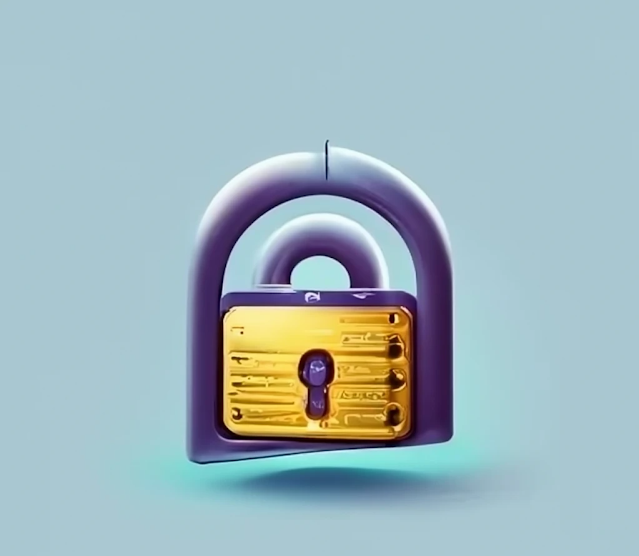The US National Institute of Standards and Technology (NIST) cybersecurity framework provides crucial guidelines for securing networks, including Software as a Service (SaaS) applications. Securing SaaS apps can be challenging due to their varied settings, but implementing certain universal configurations can significantly enhance their security posture while aligning with NIST compliance standards.
Role-Based Access Control (RBAC)
 |
Importance of RBAC |
Implementing RBAC
Ensure that each application has a minimum of two admins for redundancy. However, balancing the number of admins to limit exposure is crucial. Automated monitoring should alert when the number of admins exceeds the preferred range.
Eliminating External Admins
External admins introduce security risks, as their authentication tools and password policies are beyond the organization's control. It's advisable to either block external admins from obtaining admin privileges or identify and remove external users with admin rights.
Multi-Factor Authentication (MFA) for Admins
 |
Necessity of MFA |
Implementing MFA
Ensure MFA is set as required for admins. While MFA is recommended for all users, it is essential for admins to protect against unauthorized access.
Preventing Data Leaks
 |
Risks of SaaS Data Leaks |
Implementing Security Measures
Disable public sharing options ("Anyone with the link") to limit content exposure. Enable auto-expiration dates on invites to prevent long-term access by unauthorized users.
Strengthening Passwords
 |
Password Policy |
Preventing Password Spray Attacks
Require MFA to prevent password spray attacks. Create a custom banned words list to reduce the risk of successful attacks.
Importance of Configurations
 |
Addressing Misconfigurations |
Example of a Misconfiguration
The Russian state-sponsored group Midnight Blizzard exploited misconfigurations to breach Microsoft. This incident highlights the importance of reviewing and securing configurations.
Conclusion
Implementing NIST guidelines and best practices for securing SaaS applications is crucial for organizations. By following these universal configurations, organizations can enhance the security posture of their SaaS apps while aligning with NIST compliance standards.




.png)





























No comments:
Post a Comment